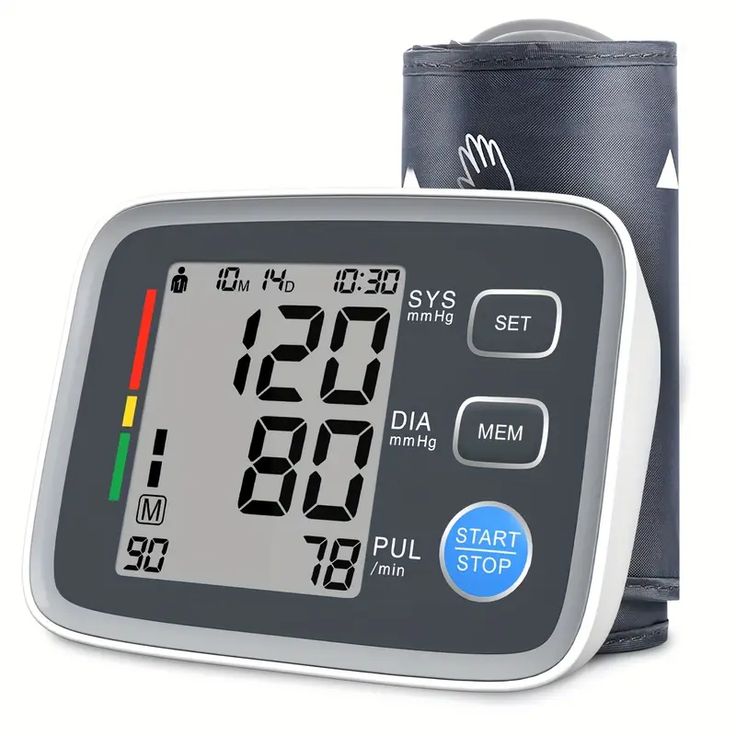In a world where health awareness is growing by the day, home-use blood pressure monitors have become a staple for millions of households. These compact machines offer a quick way to check your blood pressure without heading to the clinic. But one pressing question remains: how accurate are blood pressure monitors, really?
Let’s explore how they work, how to use them properly, and what to look for to ensure your device delivers trustworthy results.
Understanding Blood Pressure Readings
Before diving into accuracy, let's break down what those numbers on your screen actually mean. A blood pressure reading has two values:
-
Systolic Pressure (Top number): Measures the pressure in your arteries when your heart beats.
-
Diastolic Pressure (Bottom number): Measures the pressure in your arteries when your heart rests between beats.
A healthy range for adults typically falls around 120/80 mmHg. Anything consistently above or below this could indicate a health issue.
How Do Digital Blood Pressure Monitors Work?
Most modern home monitors use an oscillometric method. This means they measure vibrations in the arterial wall caused by the blood flow. These vibrations are detected as the cuff deflates, and then translated into readable numbers.
Advanced models like the Omron Automatic Digital Blood Pressure Monitor - 5 Series or the Bodytrace Bluetooth Monitor come equipped with intelligent sensors, multiple-user memory, and error indicators to improve accuracy and ease of use.
Factors That Affect Monitor Accuracy
Even the best monitor can give inaccurate readings if used incorrectly. Here’s what could skew the results:
-
Improper cuff size or placement
-
Poor body posture during measurement
-
Talking, moving, or being stressed during the test
-
Not resting before measurement
-
Low battery or electronic malfunction
That’s why it’s not just about having a great device, but also knowing how to use a blood pressure monitor properly.
Tips for Accurate Measurement
-
Sit comfortably with your back supported and feet flat on the ground.
-
Rest your arm at heart level on a table or cushion.
-
Relax for at least 5 minutes before taking a reading.
-
Don’t eat, smoke, or exercise 30 minutes before measurement.
-
Take multiple readings and average them.
For those using the Omron BP7100, the heart symbol on the screen may indicate irregular heartbeat detection—another bonus for those tracking health closely.
How Accurate Are They Compared to Medical-Grade Equipment?
Generally, a quality home monitor can be accurate within +/- 5 mmHg, which is acceptable for general health monitoring. However, studies have shown that some cheaper models can vary widely. That’s why it's crucial to go for clinically validated brands like Omron, Withings, or Beurer.
Why Monitoring at Home Matters
High blood pressure often goes unnoticed—earning it the nickname “silent killer.” Regular home monitoring allows:
-
Early detection of hypertension
-
Improved control of existing conditions
-
Better communication with your healthcare provider
It also empowers individuals to make informed lifestyle changes based on their data.
Final Thoughts
Home blood pressure monitors are a game-changer for proactive health tracking. While no device is 100% flawless, choosing a quality monitor and using it properly ensures you're getting the insights you need. Remember, these devices complement medical advice—not replace it.
Want reliability and peace of mind? Explore our range of clinically validated digital blood pressure monitors and take control of your health today.

